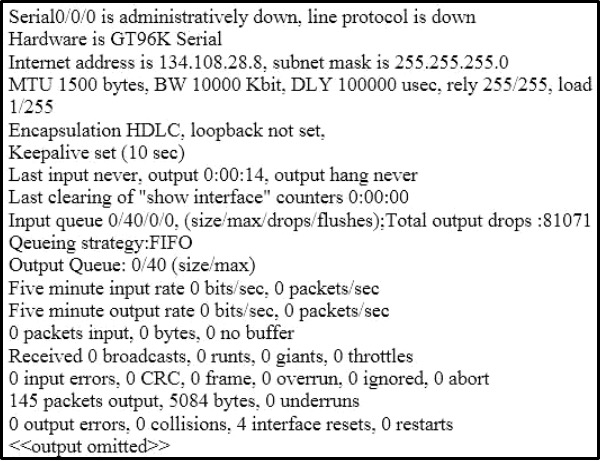Which of the following splits the network into separate broadcast domains?
A. bridges
B. VLANs
C. switches
D. hubs
Explanation:
Virtual LANs (VLANs) split the network into separate broadcast domains, as would a router. VLANs are a software implementation embedded in a switch’s software that allows the switch’s hardware to switch packets only to ports that belong to the same VLAN.
Neither a switch nor a bridge splits the network into separate broadcast domains. Both a switch and a bridge are used to create collision domains for each connected node. Collision domains confine traffic destined to or coming from a particular host to the switch port of that node in the switch. This reduces collisions, which in turn decreases retransmissions and elevates throughput. Switches work at Layer 2 in the OSI model and perform the function of separating collision domains. Neither switches nor bridges filter broadcasts and distribute them across all ports.
A hub does not split the network into separate broadcast domains. A hub regenerates signal when it passes through its ports, which means that it acts as a repeater and port concentrator only. Hubs and repeaters are Layer 1 devices that can be used to enlarge the area covered by a single LAN segment, but cannot be used to segment the LAN as they have no intelligence with regards to either MAC addresses or IP addresses. Hubs provide a common connection point for network devices, and connect different network segments. Hubs are generally used for LAN segmentation. Hubs work at Layer 1 of the OSI model, which is the physical layer. Hubs do not filter broadcasts or create collision domains.
